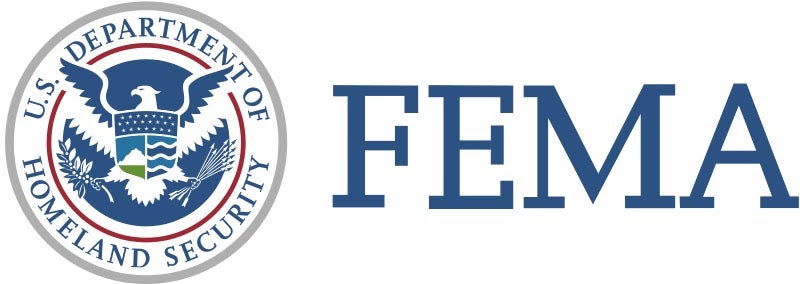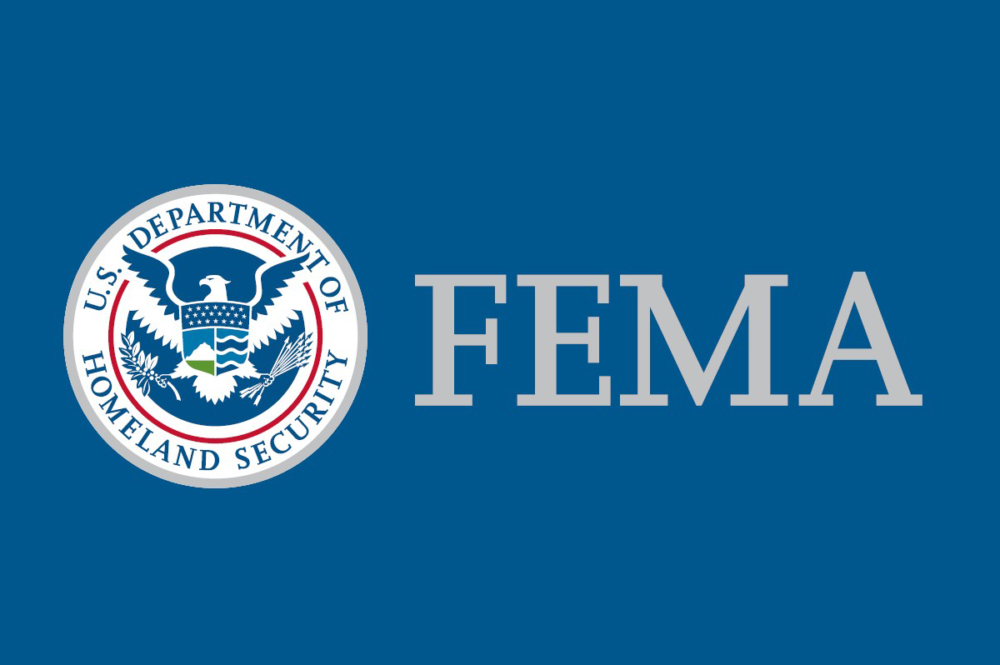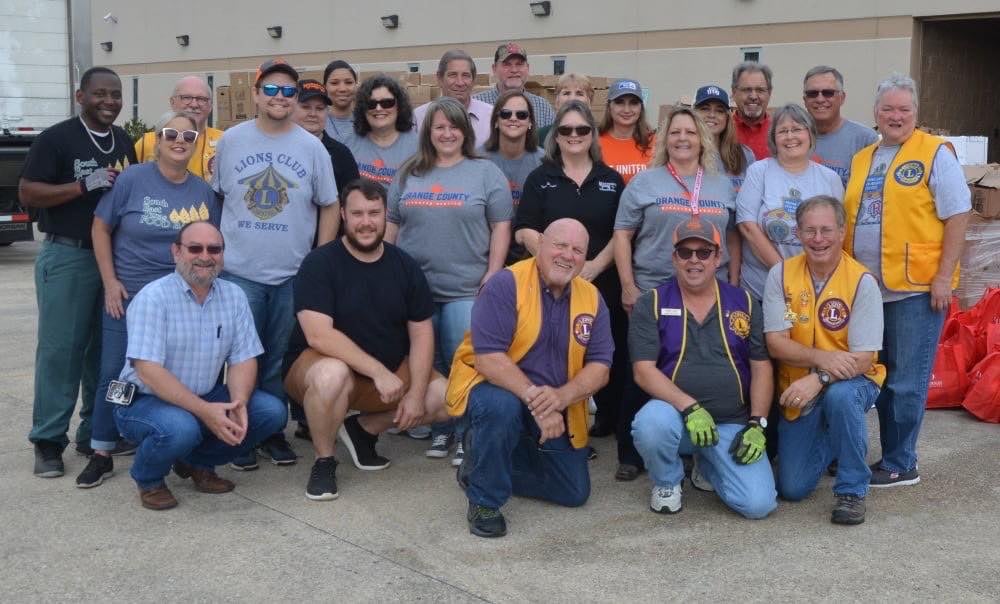Disaster Recovery: How Texans Can Volunteer and Help Texas Survivors
Published 8:09 am Monday, May 2, 2016
AUSTIN, Texas — In the face of disaster, Texans always come together with courage, compassion and unity to ask, “How can I help?”
If you want to volunteer for disaster work, there are many tasks that can aid in recovery – cleaning-up and rebuilding are two of the biggest. The Federal Emergency Management Agency suggests that volunteering through a local voluntary organization may be the best way to find meaningful volunteer work after the disaster.
Such organizations are often in the best position to know about opportunities for immediate volunteer needs as well as volunteers in the long and difficult recovery phase. In addition, going through an established organization provides a better chance of having insurance and liability protection when you work as a volunteer.
The Texas Voluntary Organizations Active in Disaster (TXVOAD) is a good source to find the local organizations in need of volunteers. TXVOAD represents more than three dozen faith-based, community, nonprofit and non-governmental groups that include volunteer engagement as a key component of their operations. Showing up at a disaster site unexpectedly can create an additional burden for first responders. If you want to help, it is advised to first reach out to an organization that is coordinating recovery needs in your community.
For a complete list of these organizations, with links to their websites, visit Texas Voluntary Organizations Active in Disaster.
In the immediate disaster response period there are often many people who want to volunteer at the same time. Be patient because it may not be clear until weeks after the incident how volunteers can get involved. There are often greater needs for volunteer help when the community enters the long-term recovery period which can be weeks or even months after a disaster.
Texans can learn more about volunteering and the benefits of volunteering during a disaster by viewing this video at go.usa.gov/cuX3V.




